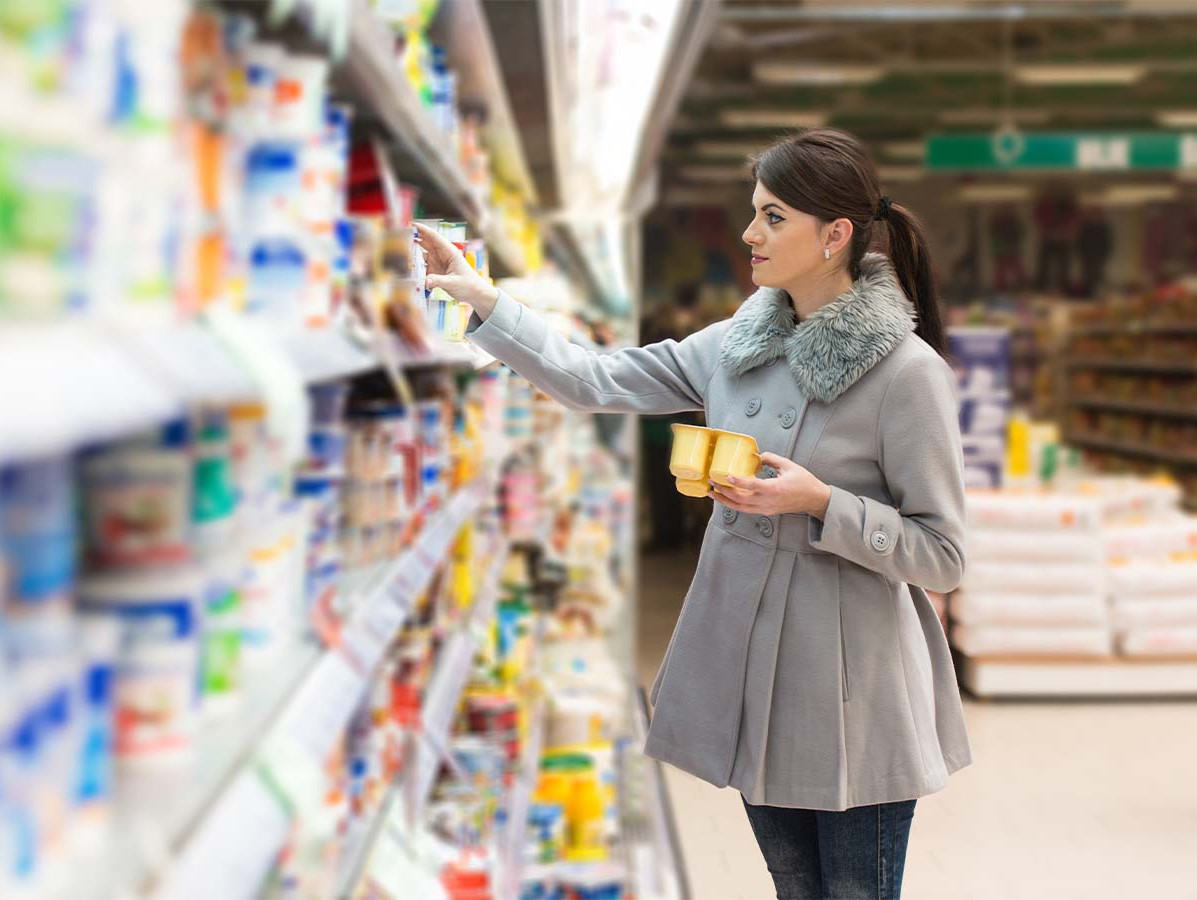
Weight loss is a common New Year's resolution for many individuals. While traditional calorie counting seems like an effective strategy, researchers from the University of Antwerp propose an alternative approach. Instead of focusing on dry numbers, they suggest evaluating food based on the time required to burn those calories through physical activity. But how could such an alternative nutritional label assist consumers?
Food products provide a table indicating the total energy value in kcal per 100 grams. However, this labeling system, intended to promote healthy eating, often falls short of its goal. Emotions play a significant role, as explained by marketing professor Nathalie Dens. The primal brain is inclined towards immediate rewards, making a chocolate bar more appealing than a healthy piece of fruit. Additionally, consumers struggle to comprehend kilocalories as a unit of measurement, lacking a reference point to gauge the value of these figures. The question arises: how can we overcome this barrier?
Calorie illiteracy poses a serious health risk. Excessive calorie intake is a core factor in unhealthy diets. According to the World Health Organization, almost 60.5% of adults are overweight, with one in four children in Europe facing this issue. These alarming statistics have prompted governments and health organizations to consider a new labeling system: the Physical Activity Calorie Equivalent, or PACE.
PACE is a revamped labeling system that goes beyond simply indicating the number of kcal. Instead, it reveals the time required to burn that energy through activities such as walking, running, cycling, or swimming. But is this alternative system practical and effective?
Researchers at the University of Antwerp compared the effectiveness of PACE with the traditional kcal system. The experiment with 190 participants revealed that, while the classic counting method was more accurate, PACE shows promise. Participants became more adept and quicker in answering PACE-related questions with each testing moment, suggesting that consumers need time to adapt to this new labeling system.
In a period when the healthcare sector is addressing the rising obesity rates, the question remains relevant: should we embrace PACE or stick to traditional calorie calculations? The answer appears to depend on the level of familiarity and comfort consumers have with this innovative labeling system.
Source: University of Antwerp